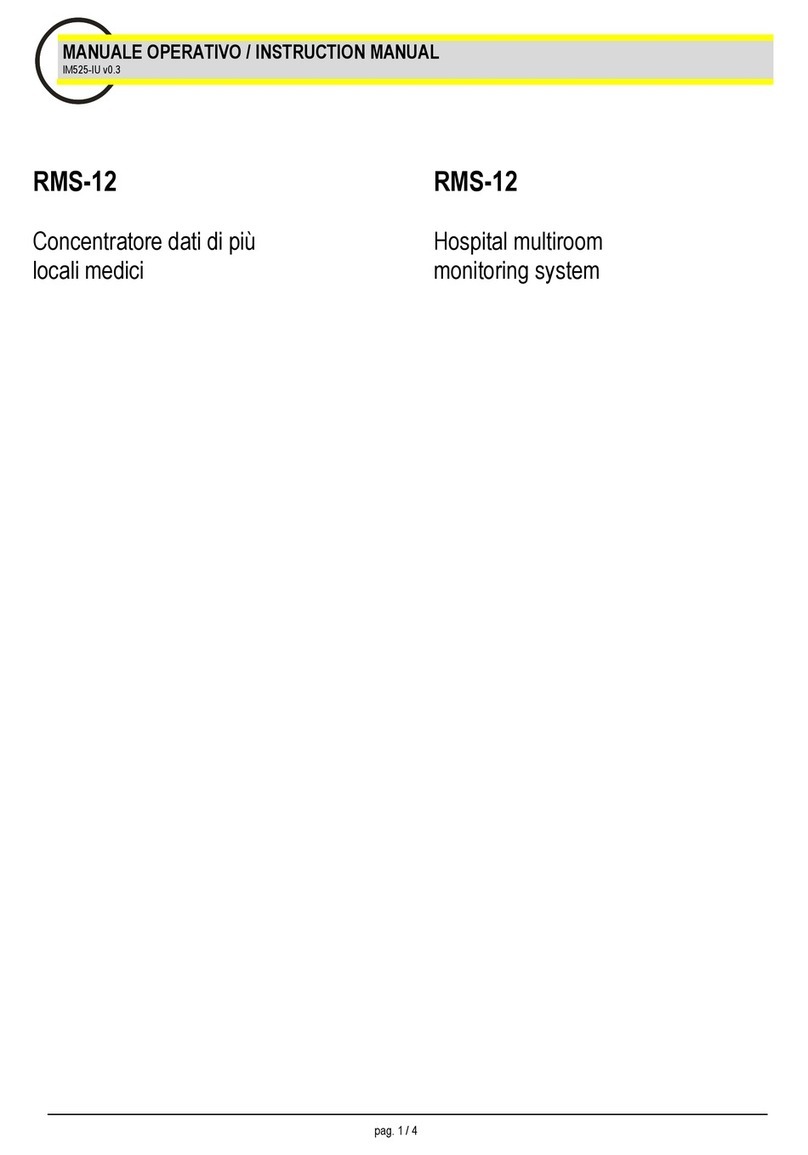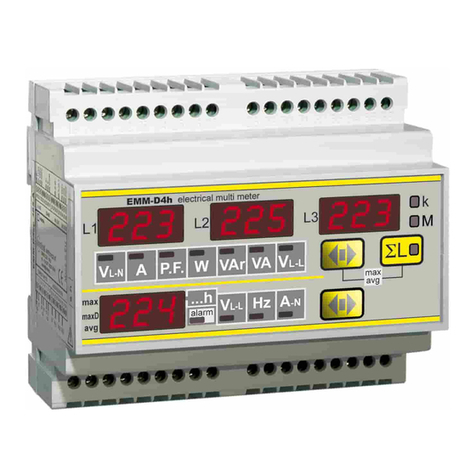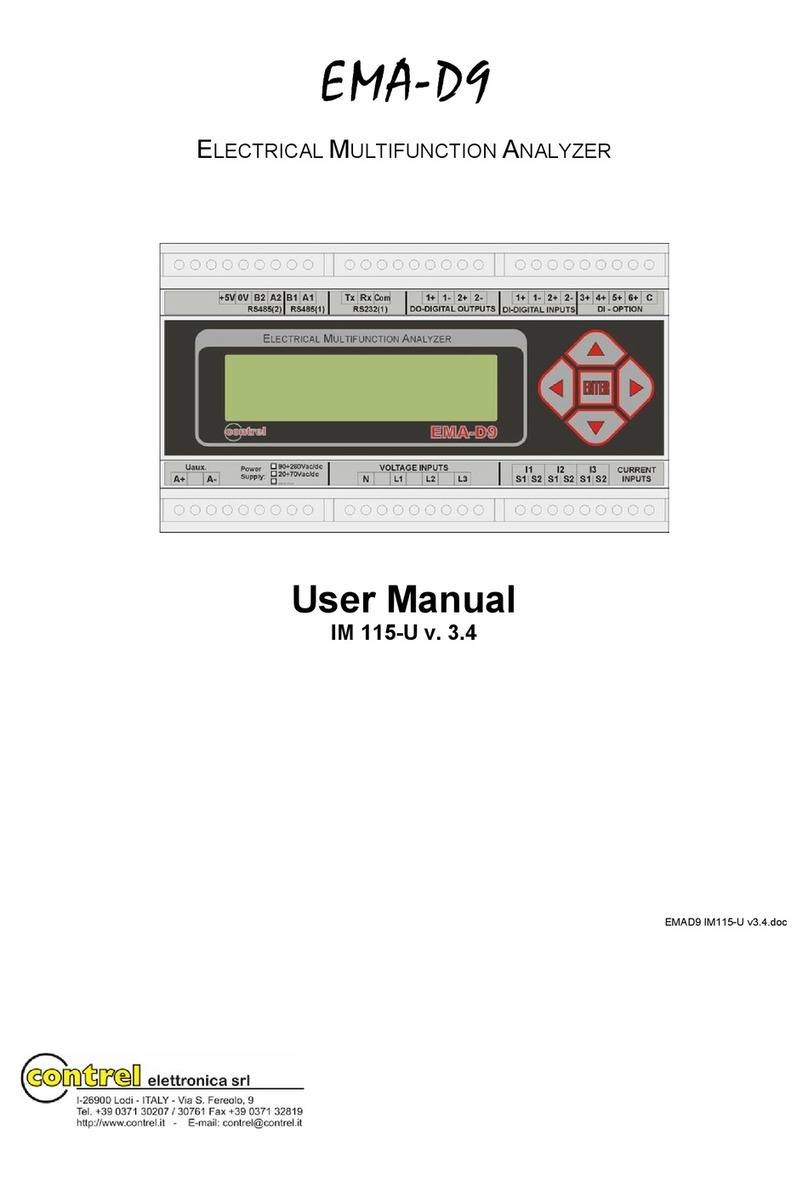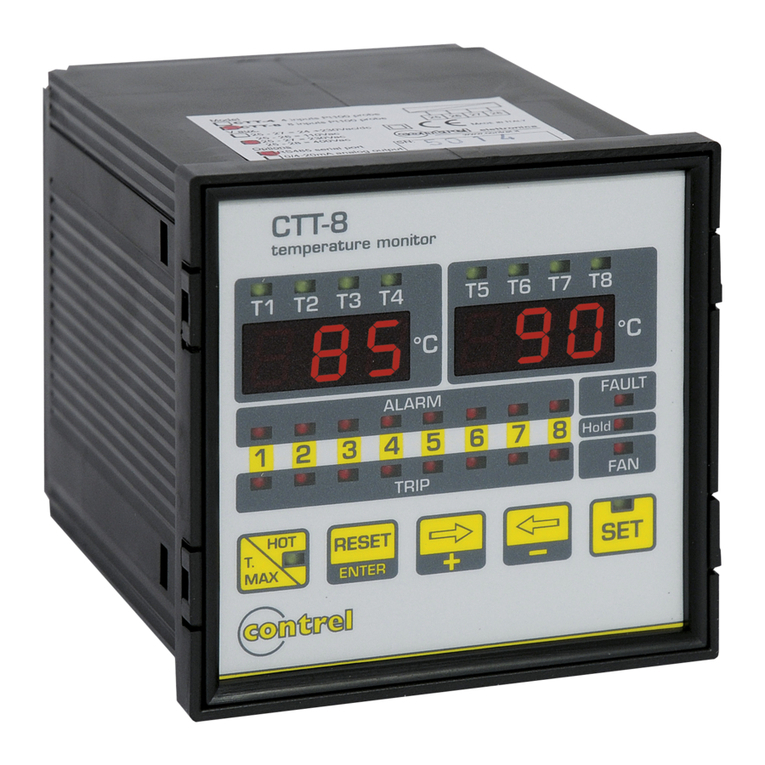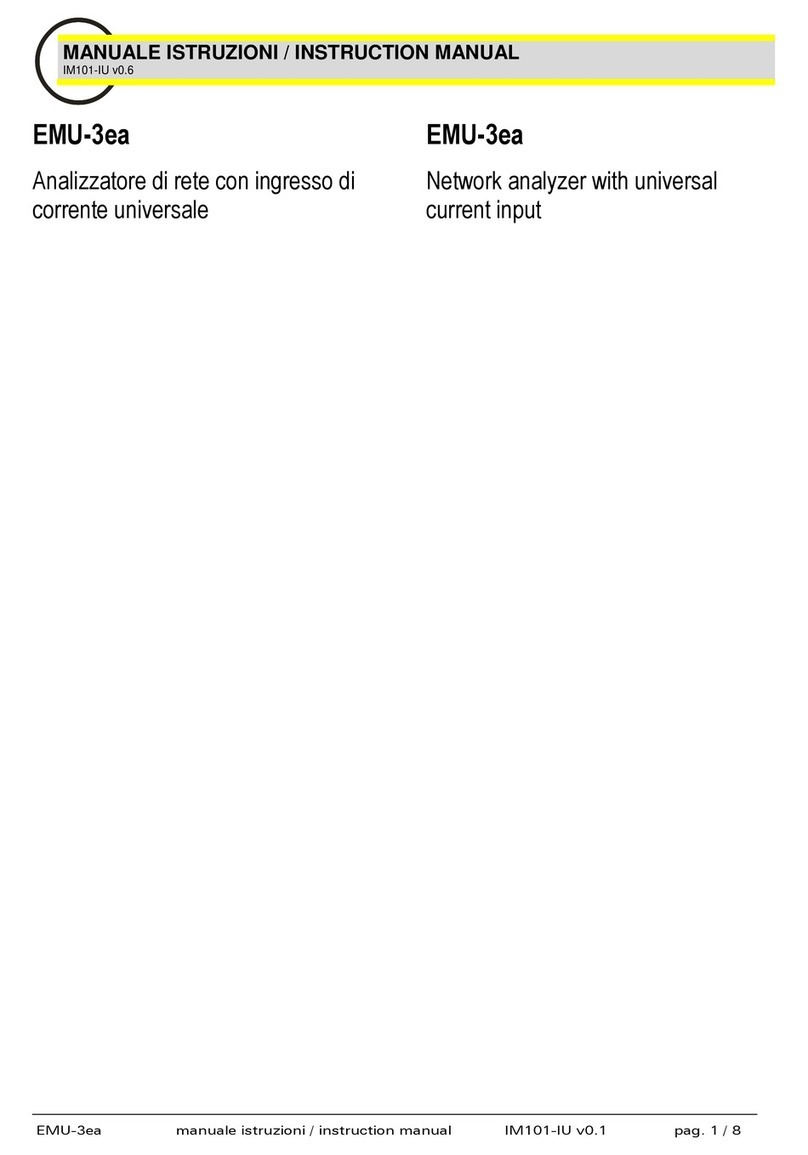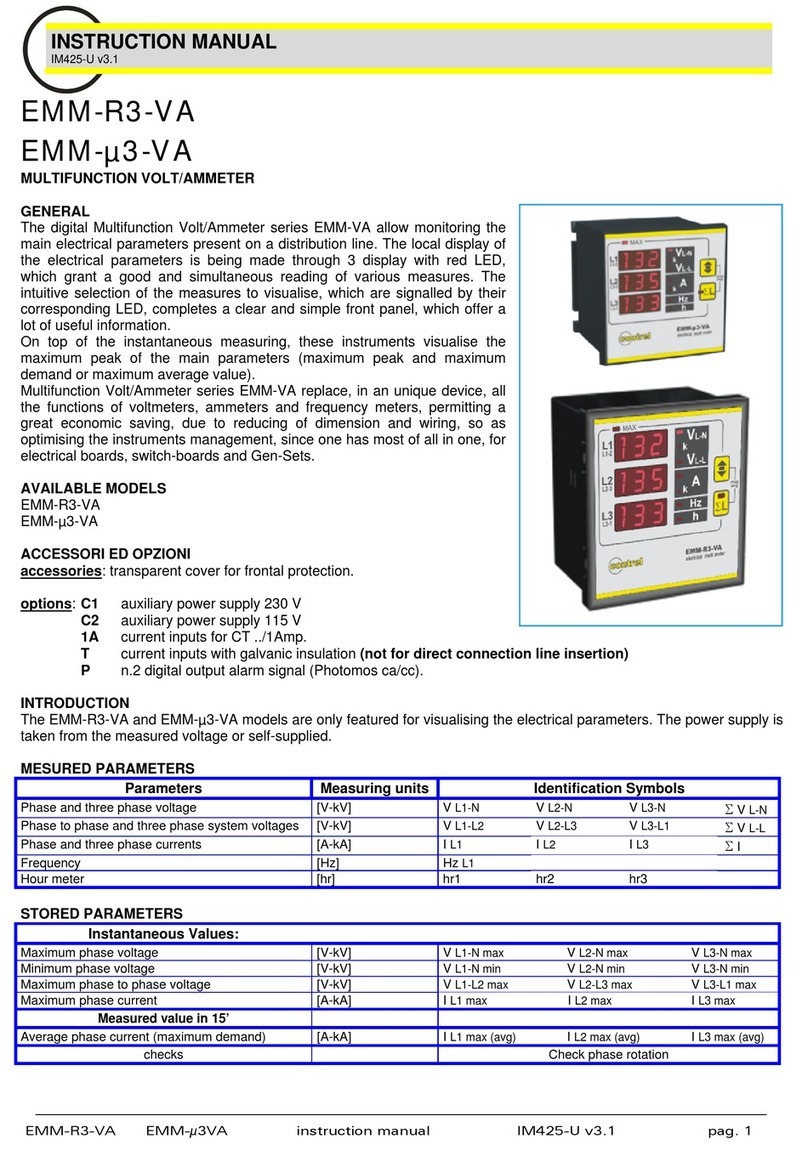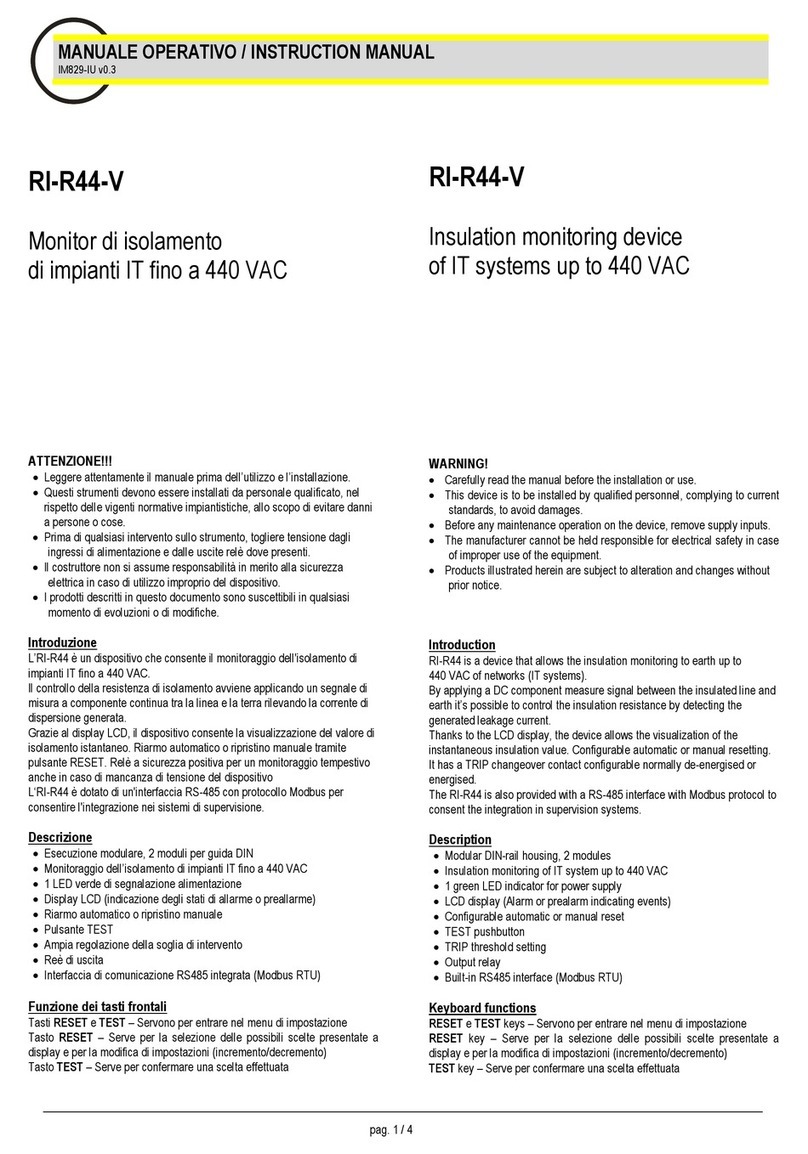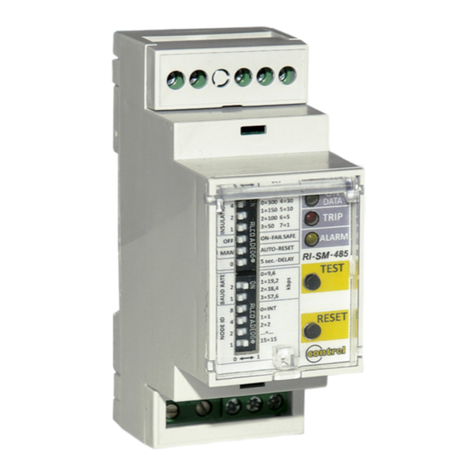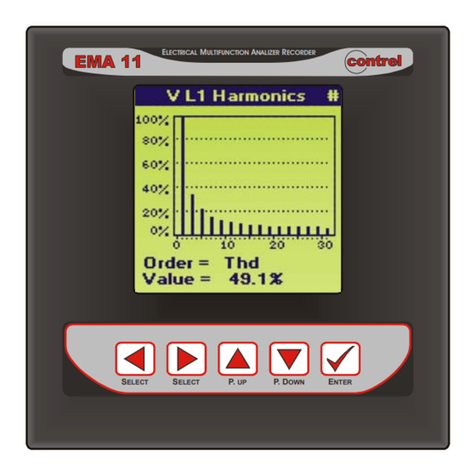
EMA‐90N UserManual IM128‐Uv0.74 Pag.2/32
Index
Description................................................................................................................................................................................................................3
Installation.................................................................................................................................................................................................................4
Auxiliarypowersupply..........................................................................................................................................................................................4
VoltageInputs.......................................................................................................................................................................................................4
CurrentInputs.......................................................................................................................................................................................................4
DigitalInputs/Outputs.........................................................................................................................................................................................8
Serial(RS‐485).......................................................................................................................................................................................................8
Profibus.................................................................................................................................................................................................................8
Ethernet................................................................................................................................................................................................................8
M‐Bus....................................................................................................................................................................................................................8
Keysfunctionality......................................................................................................................................................................................................9
Menu.......................................................................................................................................................................................................................10
Visualizationandmeasures.....................................................................................................................................................................................11
Setup.......................................................................................................................................................................................................................12
General................................................................................................................................................................................................................12
Measure..............................................................................................................................................................................................................13
EnergiesandCounters........................................................................................................................................................................................16
Userpages...........................................................................................................................................................................................................18
Communication...................................................................................................................................................................................................19
I/O.......................................................................................................................................................................................................................21
Setpoint...............................................................................................................................................................................................................23
Log.......................................................................................................................................................................................................................26
Math....................................................................................................................................................................................................................27
Dimensions..............................................................................................................................................................................................................29
Connections.............................................................................................................................................................................................................29
Technicalfeatures...................................................................................................................................................................................................30
Information in this document is subject to change without notice and does not represent a commitment on the part of Contrel Elettronica Srl.
This documentation is consigned to the customer to enable the correct and safe operation of the instrument; any other use of documentation is strictly
prohibited.
The information contained herein is the property of Contrel Elettronica Srl, and by law, no part of it may be reproduced, transcribed, stored in any retrieval
system, or translated into any language by means (even for internal purposes by the customer) without the express written permission of Contrel Elettronica Srl.
In addition, no part of this manual may be transmitted in any form by any means, including photocopying and recording, for any purposes, without the express
written permission of Contrel Elettronica Srl.
In case of Copyright violation the customer is directly responsible.
TERMS OF WARRANTY
The warranty is valid for the period of 24 months after material receipt.
The warranty covers free repair or replacement of equipment parts, which are recognized as faulty due to manufacturing defects.
Warranty does not cover those parts which results defective due to misuse or improper use, incorrect installation or maintenance, operation by unauthorized
personnel, damage during transportation, or which in any case do not show manufacturing defects of the equipment.
Not included in the warranty terms are technical interventions regarding equipment installation to electrical systems.
The manufacturer declines any responsibility for eventual injury or damage to persons, animals or things as result of failure to follow the instructions in the user
manual or caused by improper use of equipment.
The expenses of transport as well as the relative risks of same both to and from the place of repair, will be the sole responsibility of the user.
This warranty expires after the date of purchase and any assistance required after said date including spare parts, labour, transport of personnel and material
will be charged to the user following the tariffs in force for Technical Assistance Service at the time of such requested service.
In any case the replacement of the equipment as well as the extension of warranty after such breakdown is excluded.

